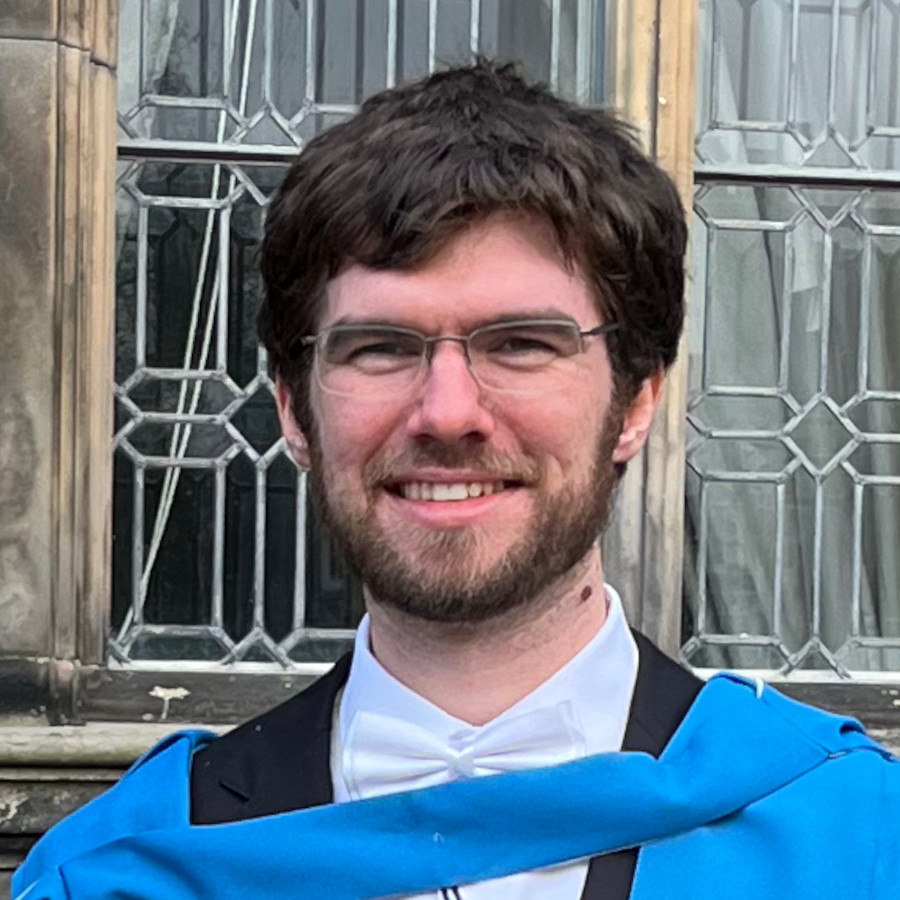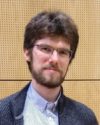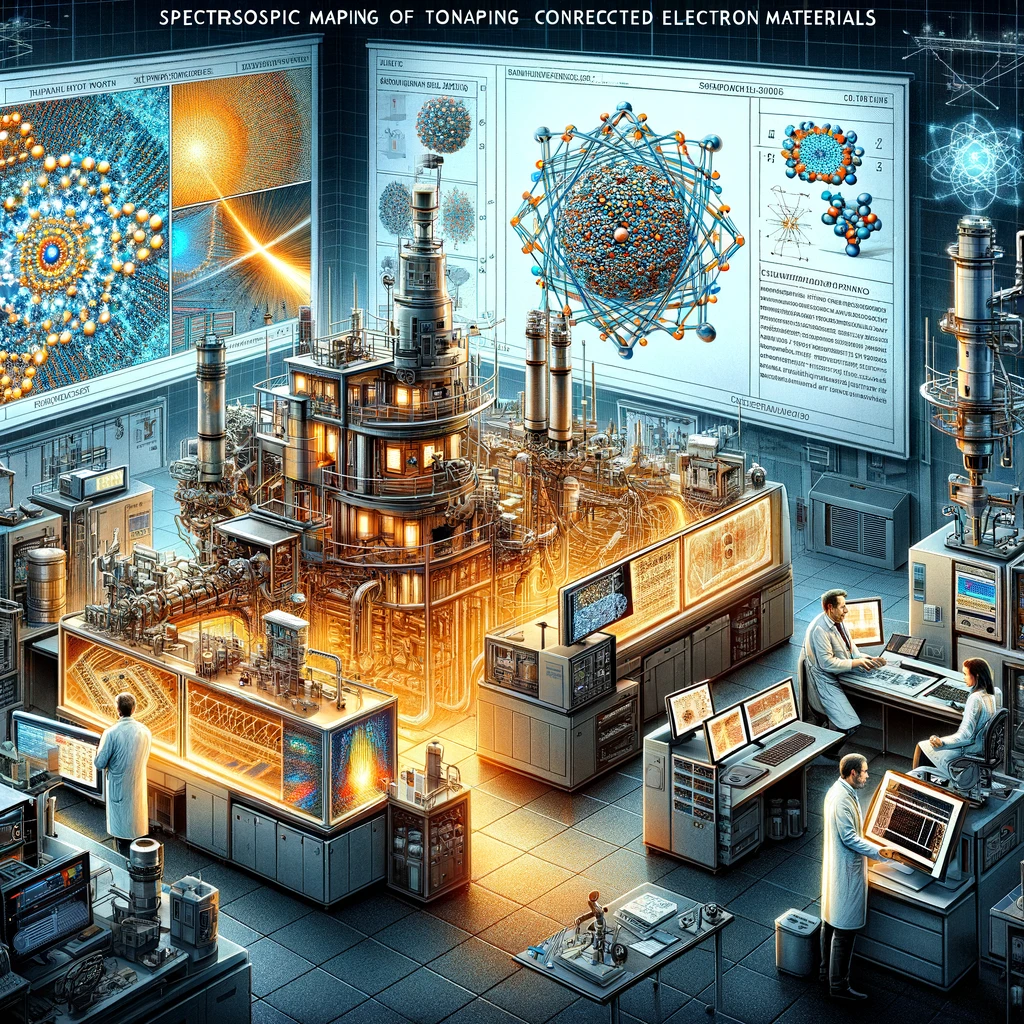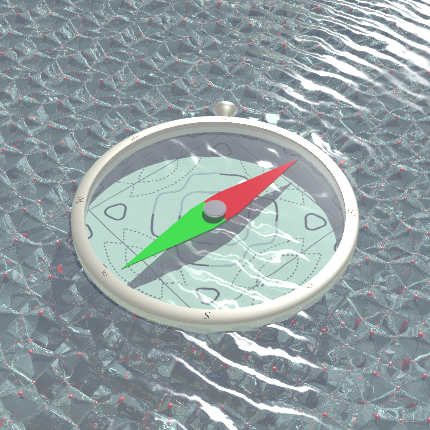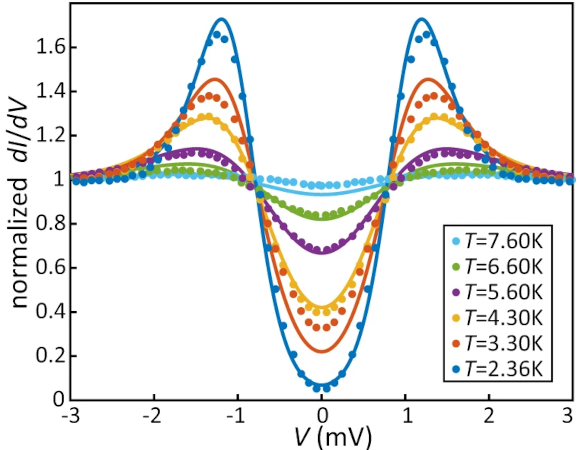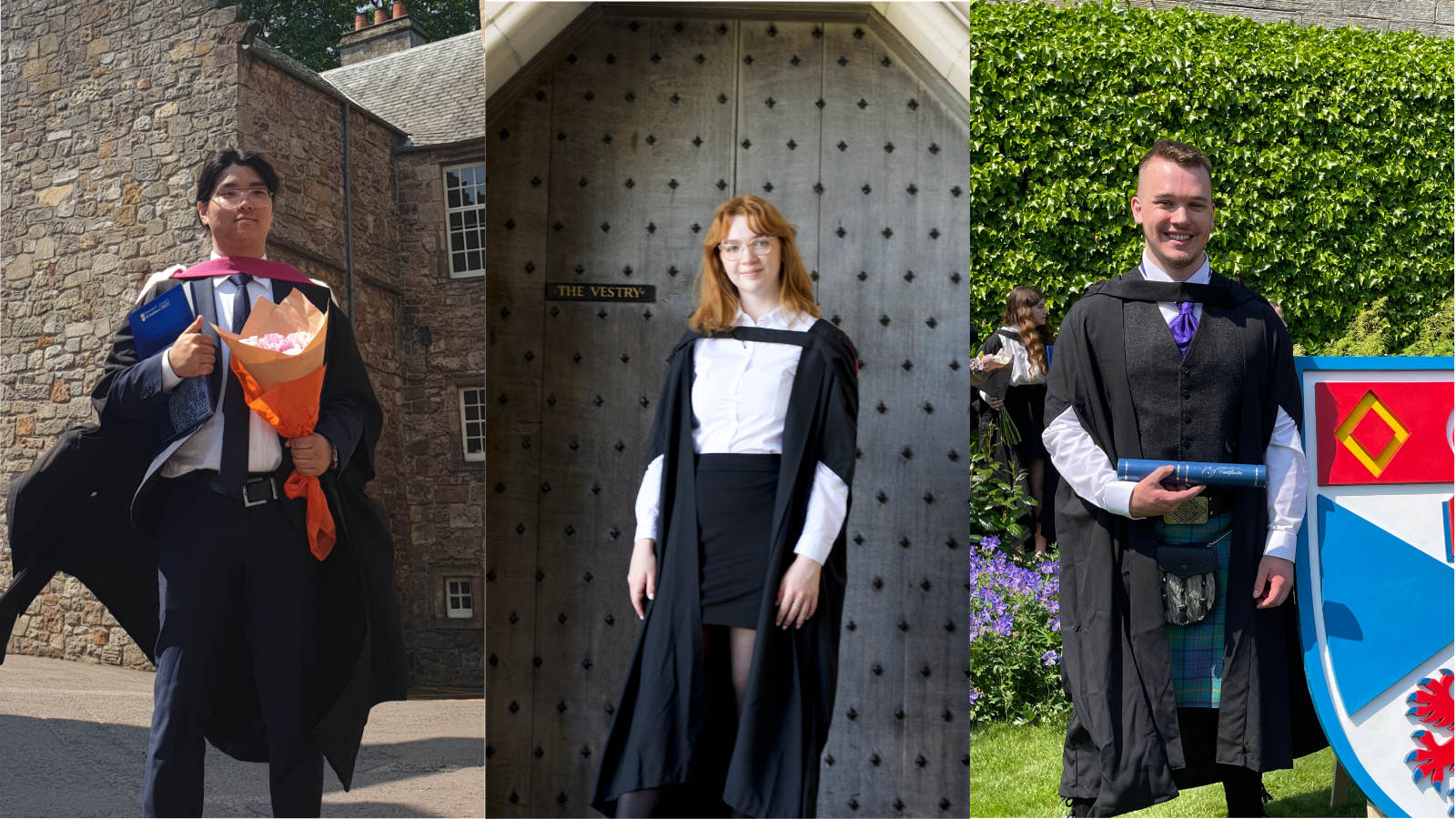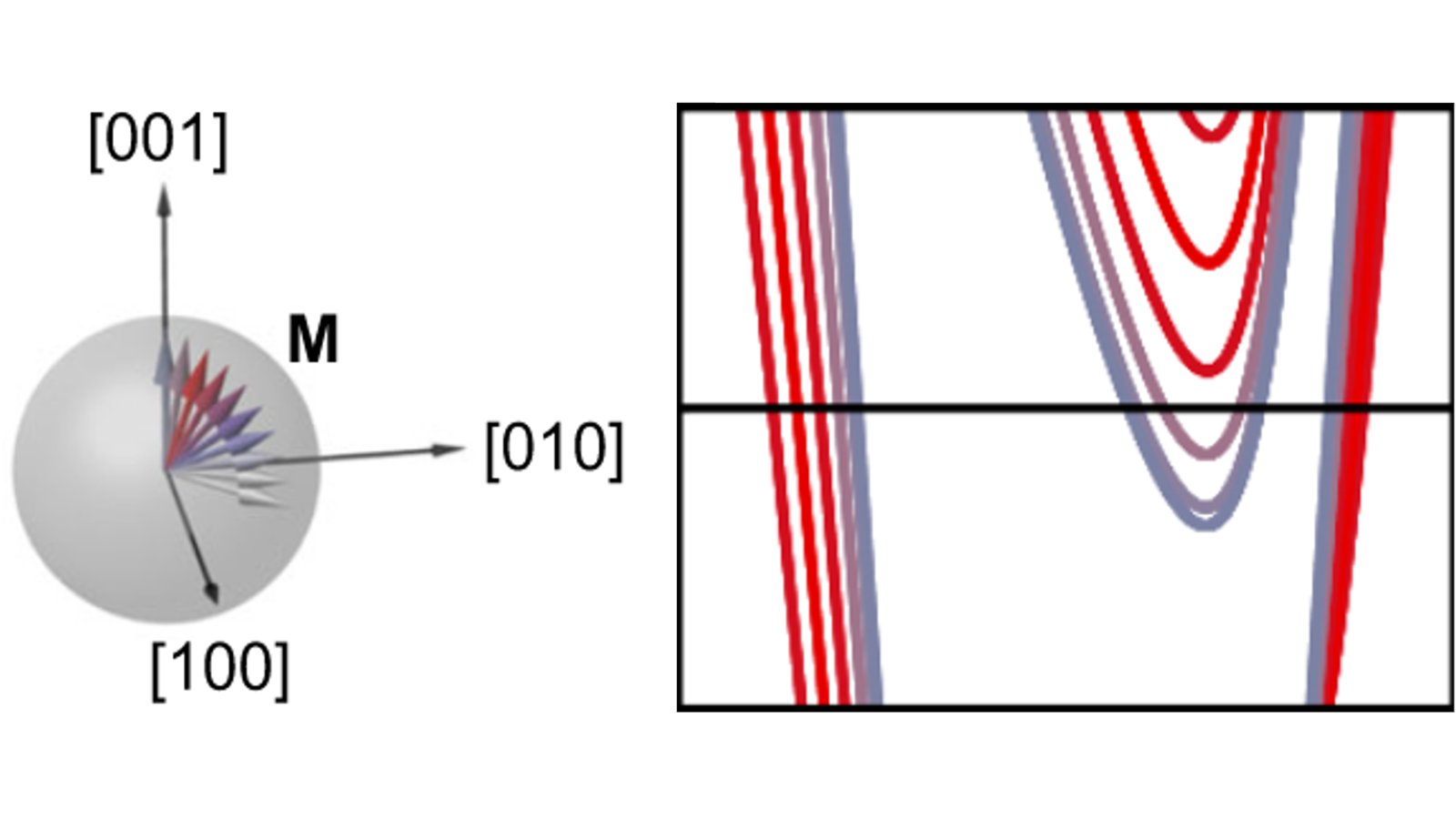 How can the magnetization direction in a ferromagnet drive a Lifshitz transition? In our new study of Sr4Ru3O10 with QPI and ARPES we establish its low energy electronic structure and propose a tight-binding model that captures the key features, including the spin- and orbital character of the van Hove singularity closest to the Fermi energy. Using this model, we identify a mechanism for a Lifshitz transition that is based on the magnetization direction and spin-orbit coupling.
How can the magnetization direction in a ferromagnet drive a Lifshitz transition? In our new study of Sr4Ru3O10 with QPI and ARPES we establish its low energy electronic structure and propose a tight-binding model that captures the key features, including the spin- and orbital character of the van Hove singularity closest to the Fermi energy. Using this model, we identify a mechanism for a Lifshitz transition that is based on the magnetization direction and spin-orbit coupling.
Reaching those conclusions was only possible by combing the millikelvin QPI results measured by Carolina and Weronika with DFT modelling from Luke and ARPES done in collaboration with Phil Murgatroyd and Phil King’s group.
Original publication:
- Carolina A. Marques, et al., Spin-orbit coupling induced Van Hove singularity in proximity to a Lifshitz transition in Sr4Ru3O10, npj Quantum Materials 9, 35 (2024).

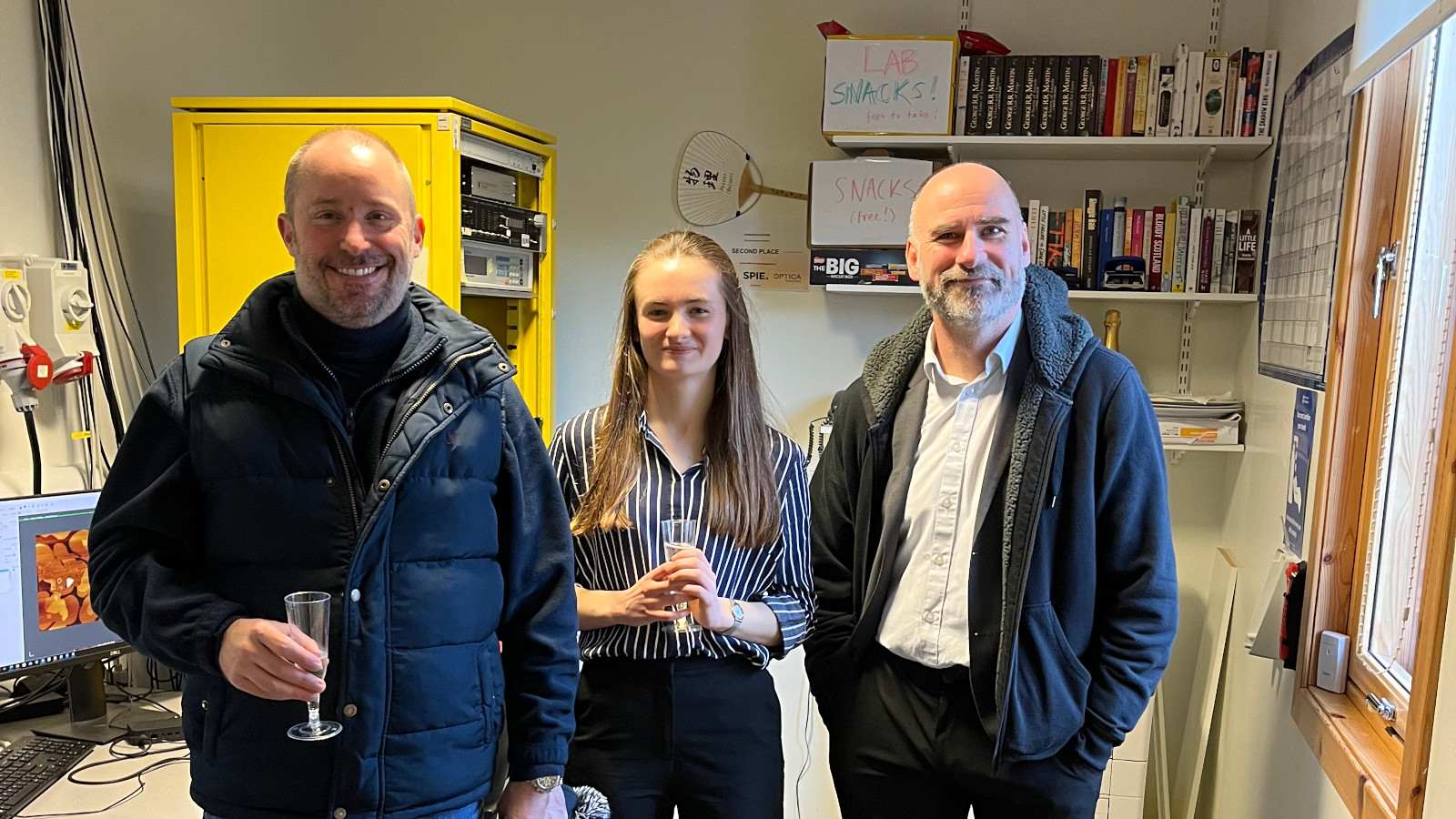
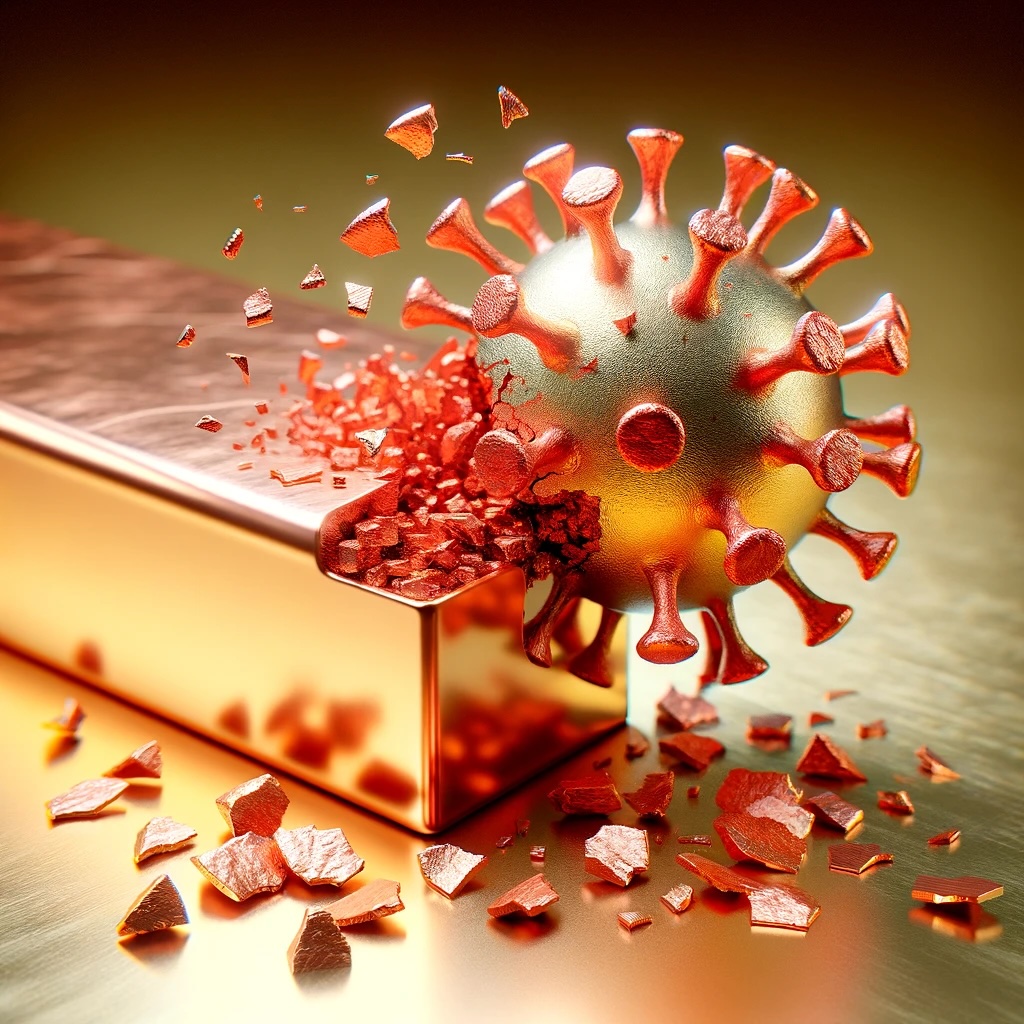 How good are different surfaces at deactivating SARS-CoV-2 viruses. Copper beats them almost all – except cuprous oxide (Cu2O)! Why is that? Read more in our new paper in Applied and Environmental Microbiology
How good are different surfaces at deactivating SARS-CoV-2 viruses. Copper beats them almost all – except cuprous oxide (Cu2O)! Why is that? Read more in our new paper in Applied and Environmental Microbiology 